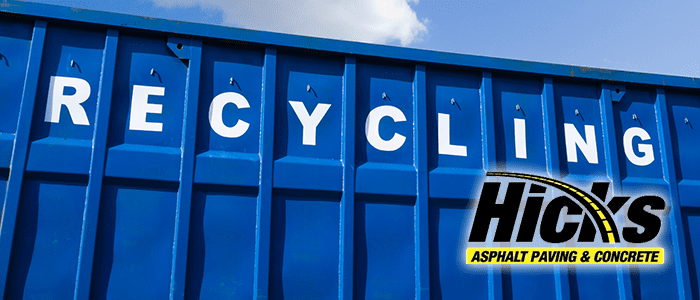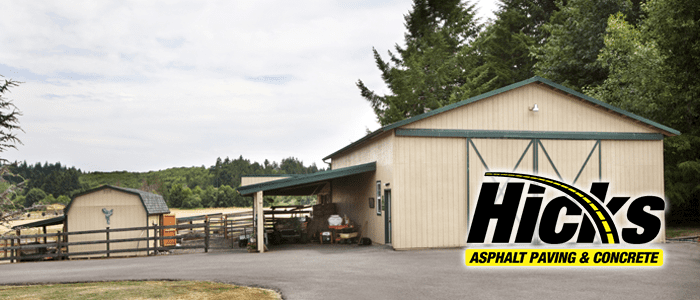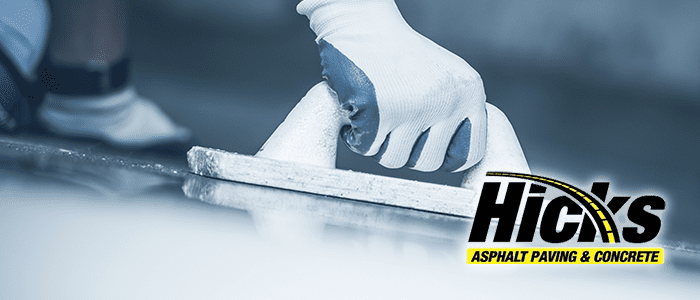So, you’ve recently begun a renovation project. You now have an unsightly pile of old, torn-up concrete sitting somewhere on site or your property. The first question that’s likely going through your mind is, “What do I do with this?” There are usually two things you can do. One, pay for someone to remove it, or two, recycle it and use it. Not only is recycling old concrete more time-effective – it is also environmentally friendly. This is because your waste isn’t going into nearby landfills. Instead, it’s reused, on-site, for various materials within the structure that is replacing their foundations.
Process of Recycling Concrete
There should be many general contractors in your area that are more than happy to begin recycling materials for you.
Generally, the uncontaminated material will be sorted by size and then loaded into a crusher. The crusher quickly processes the concrete into recycled aggregate. This can take several passes before the recycling process is complete. Then, lastly, they’ll often check them with water floatation to ensure no unseen debris managed to slip through undetected.
If desired to be used as replacement aggregate in concrete, the material might need to undergo additional processing.
Uses of Recycled Concrete
Once processed, your recycled material is an excellent general-use filler in a variety of projects. They can break down into gravel, sand, and various other types of aggregate for your needs that might call for a budget-saving filler.
Anything from Riprap along shorelines to prevent erosion, sub-bases of road construction, retaining walls made of gabions, and occasionally salvaging the large slabs that might be usable in other places. Not only that, they can also be used to stabilize soil, help bed pipes, build retainment concrete rubble formations, and other various aesthetic landscaping purposes. The only limitation for this free material is your imagination.
Essentially, every remnant of the material then becomes a ‘free’ resource for all potential projects that your construction might be undertaking. Why buy virgin material when you can make most of your requests on-site?
Limitations
There are a few limitations to recycled material. Generally, with your virgin aggregate you’ll have a much larger selection of colors to range from – With recycled, there’s not much to go on other than what you already had on hand. If you’re looking to cut costs and buy recycled aggregate, it might be a riskier venture, as not all sellers can guarantee the quality of their material. It might be cheaper at a glance, but the material is a gamble.
A poor choice could leave you with, what is essentially, garbage that might be unsalvageable or something that you’ll have to reprocess yourself. Keep that in mind before buying, only trust on-site recycling if you can or from someone with a good history and guarantees.
Business Effectiveness of Recycled Material
Some of the most notable factors in recycling boils down to a few minute concepts. For one, the landfills are reaching capacity; the loads you dump within them are now collecting a premium in costs. You pay to be rid of perfectly good material and waste both time, gas, and liquid budget on transporting the rubble of demolition. It’s simply a smarter idea to bite the bullet and hire a recycling contractor.
Often, you can sell the leftovers that you may not use to interested parties. This gives you a return that would otherwise have been a drain on your resources. Make the smarter decision, lean into recycling old concrete.





